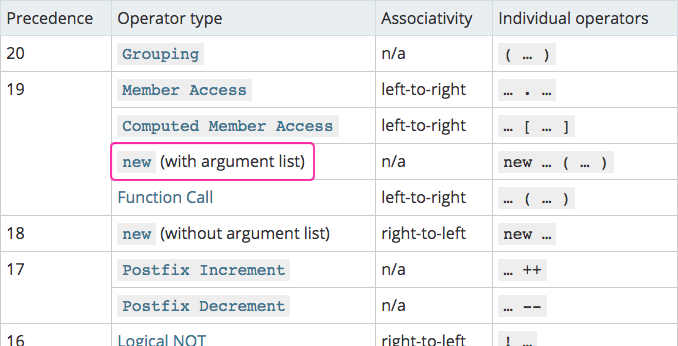

If you want to explicitly get the number of milliseconds use getTime.Īlso gives you the number of milliseconds between the two dates.

JavaScript applies an automatic type conversion when you perform arithmetic on date objects. interval in this case, isn't a date but the number of milliseconds between the two dates.That is the difference between two date objects or a date object and a numeric value isn't a date object but a numeric value. Notice that the result of the subtraction, i.e.

You can compute the difference between two dates and times simply using subtraction: Notice that n isn't a date object but the number of millisecond since midnight Jan 1, 1970. To get the current date and time you can use: You can also specify an exact time following the date in the order hours, minutes, seconds and milliseconds. You can create a date object for a given date using: All dates and times are related to this fixed date by the amount of time passed since midnight Jan 1, 1970. In JavaScript we have a Date object which computes the number of milliseconds from a fixed date. You can generally reason about dates and times in this very general way. While we are focused on JavaScript it is worth saying that dates and times in other languages and even spreadsheets follow the same pattern. Speed dating - the art of the JavaScript Date object.
#JAVASCRIPT DATE CONSTRUCTOR HOW TO#
What about the third Thursday in the month or how many days are we from the previous 11th of the month? Find out how to hack dates. Doing arithmetic with dates can go well beyond just working out the interval between two fixed points. OK, you have mastered the way your particular language represents dates and times but.


 0 kommentar(er)
0 kommentar(er)
